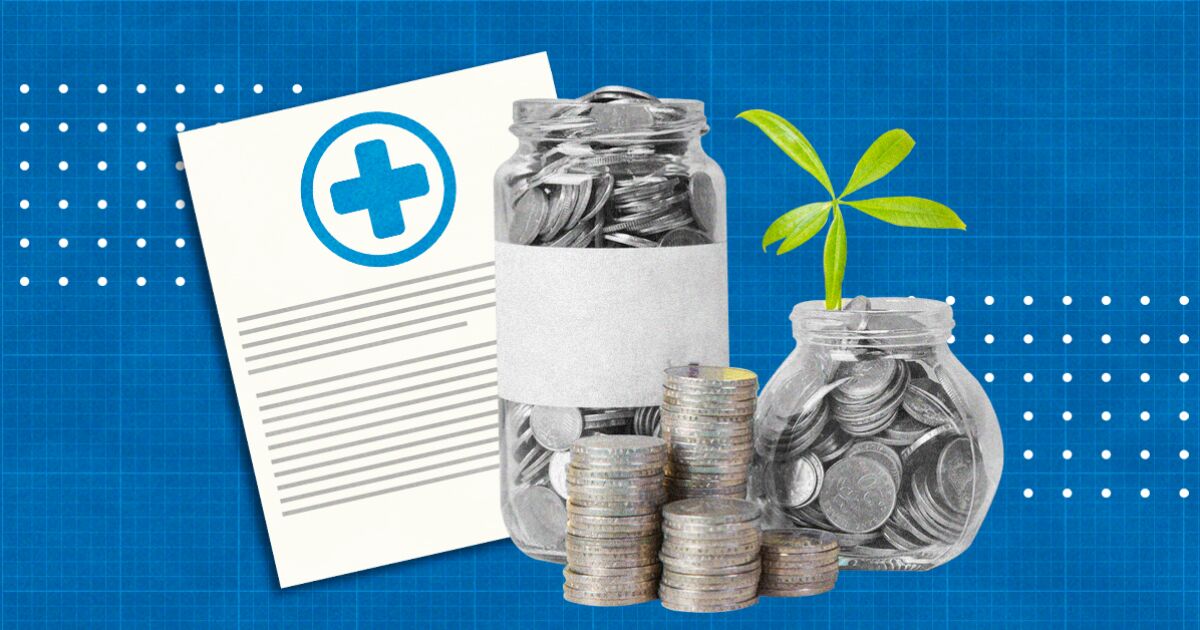The study indicates that the reduction in life expectancy of Mexicans was due to the lack of access to health services.
“The main input to determine the premiums with which insurance companies go to the market is the mortality rate, and without a doubt, the pandemic brought unexpected excess claims,” Rubén Illescas, CEO of Grupo Interesse, said in an interview.
Premiums are the amount that people pay to an insurer when they purchase insurance and these have seen an increase based on medical inflation, which in 2021 reached levels of 17%, due to emergency purchases made by the health sector in medicines and equipment to treat COVID-19.
“Hospitals had to pay an extra cost to be able to import them because it is the law of supply and demand. By having higher medical inflation, plus the effect of the pandemic, the accident rate skyrocketed and the initial reaction was to raise prices to treat leveling costs,” Octavio Careaga, president of THB Mexico, an international company dedicated to brokering insurance, reinsurance and risk management, said in an interview.
Experts point out that to measure risk, insurers will have to adapt their models by adjusting rates above medical inflation, taking into account mortality rates between men and women and taking into account that COVID-19 is here to stay as a virus. that keeps mutating.
This could have a point in favor and one against: the benefit could be that the industry considers a healthier population due to the fact that people with some comorbidity died in a pandemic and this reduces the cost of premiums for less expensive claims and on the On the contrary, there is the uncertainty of not knowing what the consequences of those who suffered from COVID-19 could be.
“There are still no data that allow us to identify what the health and life expectancy of people who had the disease and had lung involvement will be like. What the insurance sector is taking as a denominator to increase rates is to base itself on expectations of future claims,” Illescas said.
In the short term, and until a more accurate picture is available, insurers have the option of restricting their clients’ coverage. That is, put a limit on those who have not been vaccinated or those who have suffered from the disease. The expense that insurers have made is so high that some could stop covering the disease for certain types of clients.
The COVID-19 pandemic last year became the most expensive disease in the history of the insurance sector with more than 3,000 million dollars. Despite the high costs that the disease has had, some insurers have chosen to maintain prices since an increase in prices, in an environment of high inflation, low insurance penetration in the country and wages that do not grow in the same proportion as medical inflation, could reduce the range.
Even for medical insurance cases, cost increases in the industry range from 15 to 20%, the percentage will depend on where the person lives and their sex.
Illescas says that other factors that are taken into account to insure both men and women are based on four factors. “I would sum it up in four things: your body mass index, which determines risks of obesity, diabetes, pancreas, etc.; the second is physical activity: if you practice any high-risk sport or competition that can cause a later problem, the third is If you smoke or you don’t smoke, that data does hit the rate very hard, and the fourth is if you have pre-existing diseases“, he detailed.








